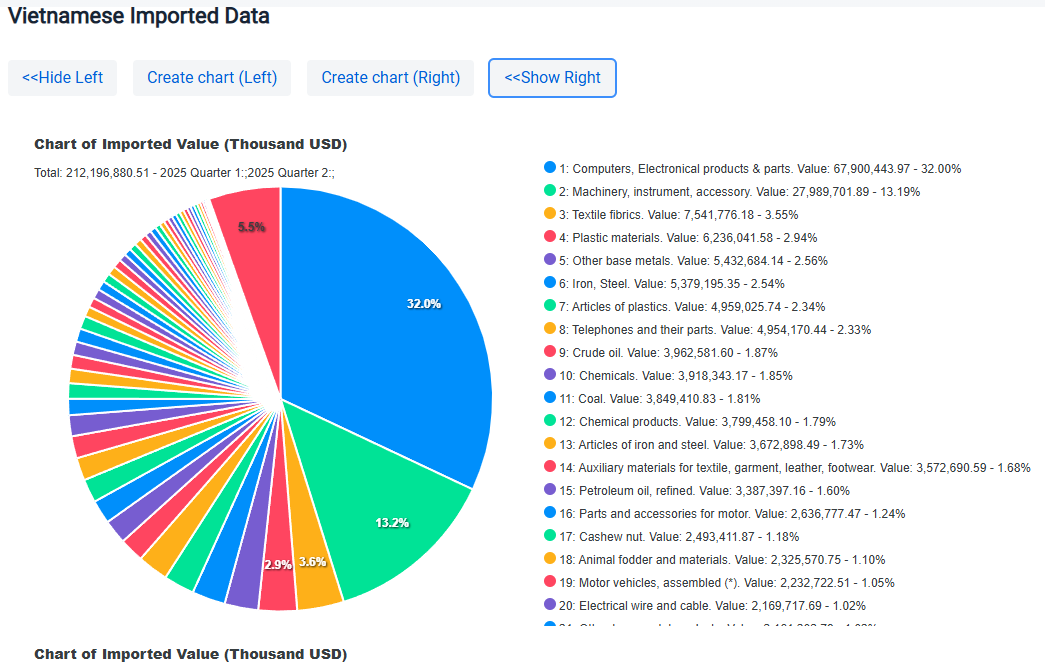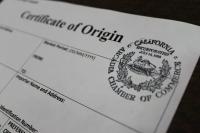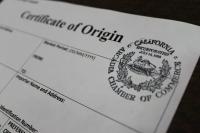US POSTAL SERVICE’S HS CODE REQUIREMENT TO START SEPT. 1
The change, which applies to all international commercial shipments, aligns the agency with new Universal Postal Union regulations.

Listen to the article 2 min This audio is auto-generated. Please let us know if you have feedback
The U.S. Postal Service will require international commercial shipments to provide a six-digit Harmonized System code starting Sept. 1, according to an agency bulletin published Aug. 7.
The appropriate HS codes must be included on the customs declaration for each item in a particular shipment, regardless of mail class, per the bulletin. The HS code system, developed by the World Customs Organization, allows customs authorities to classify goods and assess tariffs.
The change will align the Postal Service's mailing standards with new Universal Postal Union regulations also set to take effect Sept. 1. Member countries must require the six-digit code for commercial goods, according to a 2024 customs guide from the Universal Postal Union and the World Customs Organization. The guide added that "countries can go up to eight or 10 digits as required under their national legislation."
"The HS code is vital to ensuring effective fiscal clearance and is important for e-commerce volumes," the guide said.
The Postal Service and international shipping providers have systems and tools to help shippers comply, but a clear product description is necessary to find and apply the correct HS code, Alison Layfield, VP of product development at ePost Global, said in an interview. Otherwise, a shipment could be returned to the sender or assessed a higher duty than what it should have been.
"The lookup tool is only as good as the data that's fed to it," Layfield said.
Some Postal Service customers may attempt to ship parcels without an HS code, but it most likely will lead to a rejection from customs officers in the destination country, according to Layfield.
"If you ship it out without that HS code, it's probably not going to be a good outcome for the consumer," she added.
The HS code requirement will take effect three days after another sweeping change for international postal shippers. Beginning Aug. 29, U.S.-bound postal packages must face either a duty equal to International Emergency Economic Powers Act tariffs or an $80-to-$200 duty based on the IEEPA rate. The added charges came as part of the Trump administration's move to end the de minimis exemption.
Max Garland








